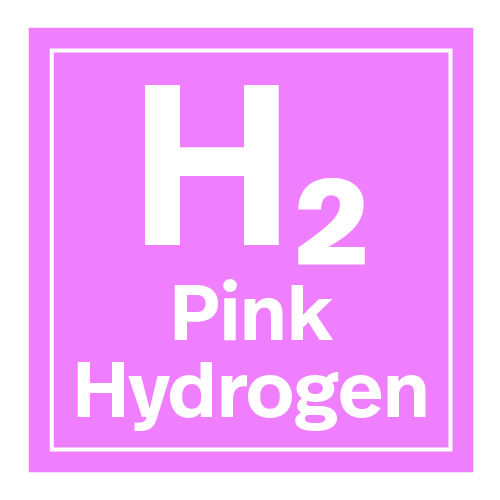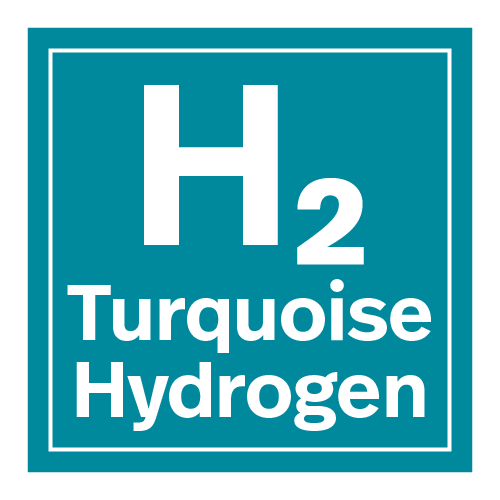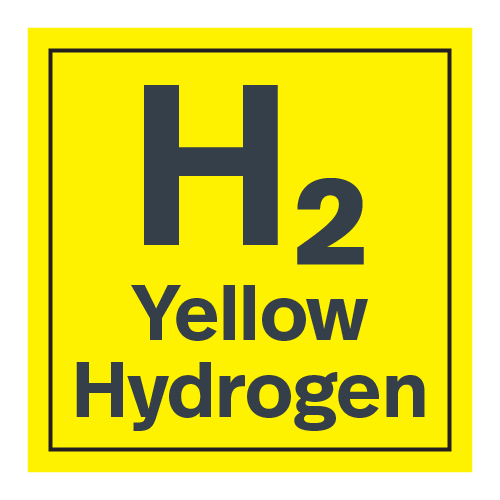Hydrogen Colours Explained
renewable energy

renewable energy
Did you know there are multiple 'shades' of hydrogen? Our blog breaks down the colours of hydrogen: identifying the opportunities, challenges, and environmental implications of each.
For a colourless gas, hydrogen is certainly talked about in colourful terms. What exactly is green, blue, grey, black, white, pink, yellow and turquoise hydrogen? The energy industry uses these colours as shorthand for the many sources and production methods used to create hydrogen energy, which range from electrolysis of water, use of nuclear power and application of grid electricity, to the thermal splitting of methane or extraction from fossil fuels.
Not all colours of the rainbow are equal, environmentally speaking. As the world moves toward a decarbonised future, there is plenty of debate and scrutiny regarding the most sustainable and eco-friendly way to produce this in-demand gas. Here we break down the different colours of the hydrogen rainbow, examining the opportunities, challenges, and environmental implications of each.
Green hydrogen is the preferred shade in the clean energy sector. Made with renewable electricity via electrolysis, it is the only hydrogen with zero carbon emissions. Australia is currently a world leader in green hydrogen production and development, with 35 green hydrogen electrolyser projects presently taking place across the country, and a collective potential capacity of 38 gigawatts if technology costs fall in the coming decade. While green hydrogen is the clear choice for long-term environmental sustainability, it does come with production challenges.
The high cost of large-scale water electrolysis using renewable energy has acted as a barrier for many would-be green hydrogen producers. For this reason, there is simply not enough green hydrogen available today. However, decreasing costs of renewable energy production, rapid improvements of electrolyser efficiencies and the introduction of carbon taxes in many parts of the world will make green hydrogen more accessible in the future. The gas is greener on the other side, and that’s definitely a good thing.

Blue hydrogen is the next best option on the rainbow palette, in terms of limiting carbon emissions. Blue hydrogen is produced by splitting natural gas and carbon dioxide through a process called steam methane reforming, where the carbon dioxide is captured and stored. These greenhouse gases are buried deep underground in salt caverns or depleted oil and gas reservoirs, or recycled for industrial use, thus reducing environmental damage.
However, blue hydrogen should be seen as more of a band-aid for our climate woes rather than a long-term solution; the process still produces greenhouse gases, and at best 90% is safely stowed away through the carbon capture process. Additionally, there is no guarantee that the stored carbon dioxide won’t leak out in the future, causing further environmental damage. Economically, countries without access to underground storage options will struggle to establish a blue hydrogen industry and may find it more cost-effective to go for a green hydrogen energy solution instead.

Grey hydrogen is the most prevalent form of hydrogen currently in use, accounting for 71% of all production today. As the name suggests, grey hydrogen’s impact on our planet is somewhat murky – it is produced using methods similar to those for blue hydrogen, however the carbon dioxide created is not captured.
Grey hydrogen is produced from natural gas through the steam reforming process, after which the resultant carbon dioxide is released back into the atmosphere. This method is highly polluting; worldwide hydrogen production is responsible for carbon dioxide emissions equivalent to that of the United Kingdom and Indonesia combined. Grey hydrogen has been around for many years, but as the world pushes towards carbon-neutrality, it’s safe to say its days are numbered.

Black and brown hydrogen refer to hydrogen made from coal through a ‘gasification’ process, which releases the subsequent carbon emissions into the air. This method has been used for more than 200 years and, just like grey hydrogen, is a well-established process implemented across many industries. Brown hydrogen is made from lignite (AKA brown coal) and black hydrogen comes from black coal, although many people use either black or brown hydrogen to describe any hydrogen made from fossil fuels. Just like grey hydrogen, the by-products from this process contribute significantly to global warming, making this form of hydrogen production unsustainable as a long-term practice, despite its current wide-spread use.

As we slide towards the more obscure end of the hydrogen rainbow, there are some lesser known colours to explore.

White hydrogen is a naturally occurring geological hydrogen, found in underground deposits and created through fracking. Unfortunately, there aren’t currently any viable extraction technologies available to exploit this.

Pink hydrogen is generated through electrolysis much like green hydrogen, but with a key difference: the electrolysis is powered by nuclear energy. The feasibility of pink hydrogen as an energy source is entirely dependent upon access to nuclear power.

Turquoise hydrogen is created through methane pyrolysis: a process which splits methane into hydrogen gas and solid carbon. By creating a solid carbon by-product (instead of releasing carbon dioxide into the air), some consider turquoise hydrogen a low omission option. However, finding a practical way to permanently store solid carbon at an industrial level presents challenges for the viability of this process.

Lastly, we have yellow hydrogen, which can refer to hydrogen made through solar powered electrolysis, or a mix of renewable and fossil powered electrolysis. In terms of environmental impact, the former is clearly preferred over the latter.
Hydrogen itself is a clean fuel and, as the most abundant element in the universe, could be our ticket to net zero emissions in the coming decades. However, as we’ve seen from the rainbow, the production methods involved vary wildly in terms of their environmental impact and accessibility. Ultimately, green hydrogen is the only sustainable way forward, but the challenge lies in how to transition away from the current model, where 96% of global hydrogen supply is from fossil-fuel methods.
How do we transform hydrogen from ‘climate killer’ to ‘climate neutral’? The solution hinges on improving accessibility to green hydrogen production throughout the world. Great shifts are already underway as engineers and scientists develop the infrastructure and technologies needed to support this renewable energy model, driving costs down and bringing this potential energy solution closer to becoming a reality.
For over 25 years, Brunel has worked with innovators and leaders from Australia's resource and power generation industries to deliver both small and large-scale projects. Speak with our renewable energy experts today and discover how Brunel can help meet your personnel and project needs